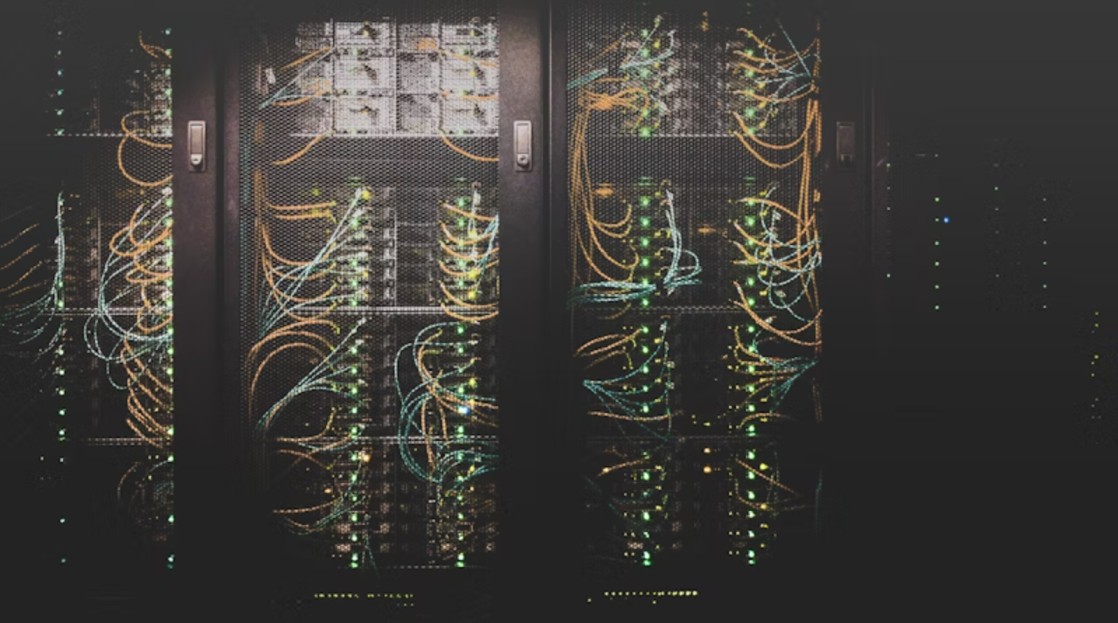

bongoDev
Modern Data Engineering Best Practices - bongoDev
Understanding Modern Data Engineering Best Practices
In today’s digital world, businesses generate huge amounts of data every day. To use this data effectively, we need good data engineering practices. Modern data engineering combines smart design, strong infrastructure, and clear processes to make data useful for analysis and decision-making.
1. Data Pipeline Design
A data pipeline is the process that collects, processes, and stores data. Designing a strong pipeline is important to make sure data is clean, reliable, and ready for analysis.
- ETL vs ELT: ETL means "Extract, Transform, Load" — data is cleaned and transformed before storing it in a data warehouse. ELT means "Extract, Load, Transform" — raw data is loaded first and then processed inside the warehouse. ELT is popular in cloud platforms.
- Batch vs Stream: Batch processing handles large sets of data at once, usually at scheduled times. Streaming processes data in real-time as soon as it arrives. The right choice depends on your business needs.
- Data Validation: It is important to check data quality at every step. Data validation rules can catch errors like missing values, wrong formats, or duplicates before the data is used.
- Error Handling: No data pipeline is perfect, so it’s important to have systems that catch errors, log them properly, and allow quick fixes without stopping the entire pipeline.
2. Infrastructure
Modern data engineering relies on strong infrastructure to store, process, and manage data efficiently. Choosing the right technologies makes a big difference.
- Data Warehousing: Data warehouses like Snowflake, BigQuery, or Amazon Redshift store structured data and make it easy to run complex queries. They are essential for business intelligence.
- Data Lakes: Data lakes store all types of data — structured, semi-structured, and unstructured — in their raw form. Tools like Amazon S3, Azure Data Lake, and Google Cloud Storage are common options.
- Processing Engines: Processing engines like Apache Spark, Flink, and Databricks handle large-scale data processing. They can clean, transform, and analyze data efficiently.
- Storage Solutions: Choosing the right storage is important for performance and cost. Cloud storage, distributed file systems (like Hadoop HDFS), and relational databases all play different roles in modern data systems.
3. Best Practices
Following best practices helps ensure your data systems are reliable, fast, and easy to maintain. Good practices make it easier to scale as your data grows.
- Data Quality: Always check the quality of incoming data. Implement data quality checks at different points, and automatically flag suspicious or incomplete data.
- Performance Optimization: Data pipelines should be designed for speed and cost-efficiency. Use partitioning, indexing, caching, and parallel processing to improve performance.
- Monitoring: Continuous monitoring of your data pipelines, infrastructure, and data quality is essential. Use tools that provide alerts when something goes wrong.
- Documentation: Clear documentation helps everyone in the team understand how data flows through your systems. Document data sources, pipeline processes, transformation rules, and any known issues or special handling procedures.
Modern data engineering helps businesses unlock the true value of their data. By using the right tools, building strong infrastructure, and following best practices, companies can make better decisions and improve their operations with data-driven insights.